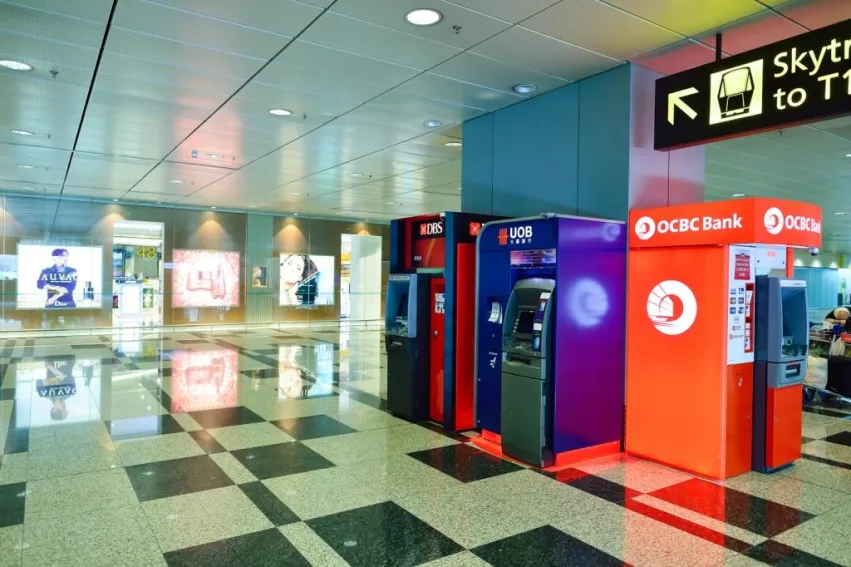
Cooling measures to improve Singapore banks asset quality
This comes as a welcome development amidst slower loan growth.
Tighter housing regulations aimed at cooling down Singapore’s housing market is set to generate a positive spillover effect for banks in the form of improving asset quality in spite of slower loan growth, according to Moody’s Investors Service.
Also read: Singapore bank loans up 5.48% in May
“We also expect the measures will improve banks’ newly originated housing loans asset quality amid Singapore’s rising interest rate environment and strong supply pipeline,” the credit rating agency said in a statement.
DBS, Oversea Chinese Banking Corp. Ltd and United Overseas Bank Limited have around 42%-50% of their loan portfolio exposed to the property sector.
The government raised the rates for the Additional Buyers’ Stamp Duty (ABSD) and tightened Loan-to-Value (LTV) limits on home purchases as a way to cool the market, prompting panic buying and developer stock corrections following the surprise announcement.
Household loan delinquencies are expected to remain low as macro-prudential measures have constrained household credit growth and excessive borrowing. As of end 2017, total household financial assets were more than 3.5 times their household liabilities.
“Singapore households as a whole have a very strong net asset position, which, at least for asset-owning households, will provide an extra buffer to service their debt,” Moody’s added.
The system-wide nonperforming loan ratio for mortgages was 0.4% at year-end 2017, with banks having a low average mortgage LTV ratio of 53%. Fewer than 5% of mortgages currently have LTV ratios exceeding 80%, and banks in Singapore have not been allowed to originate housing loans at such high LTV ratios since 2013.




![Lorem Ipsum [ABF 1]](https://cmg-qa.s3.ap-southeast-1.amazonaws.com/s3fs-public/styles/exclusive_featured_article/public/2025-03/a_hand_pointing_to_a_futuristic_technology_5b87c9d0e3_1.png.webp?itok=2w0y1WhS)


![Cross Domain [Manu + SBR + ABF + ABR + FMCG + HBR + ]](https://cmg-qa.s3.ap-southeast-1.amazonaws.com/s3fs-public/styles/exclusive_featured_article/public/2025-01/earth-3537401_1920_4.jpg.webp?itok=WaRpTJwE)







 Advertise
Advertise

